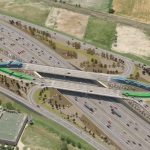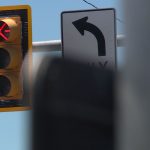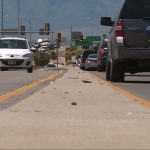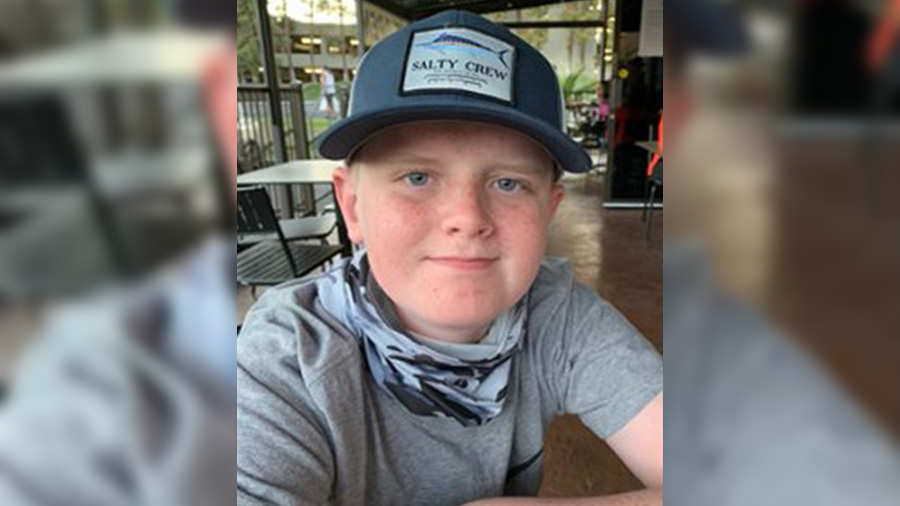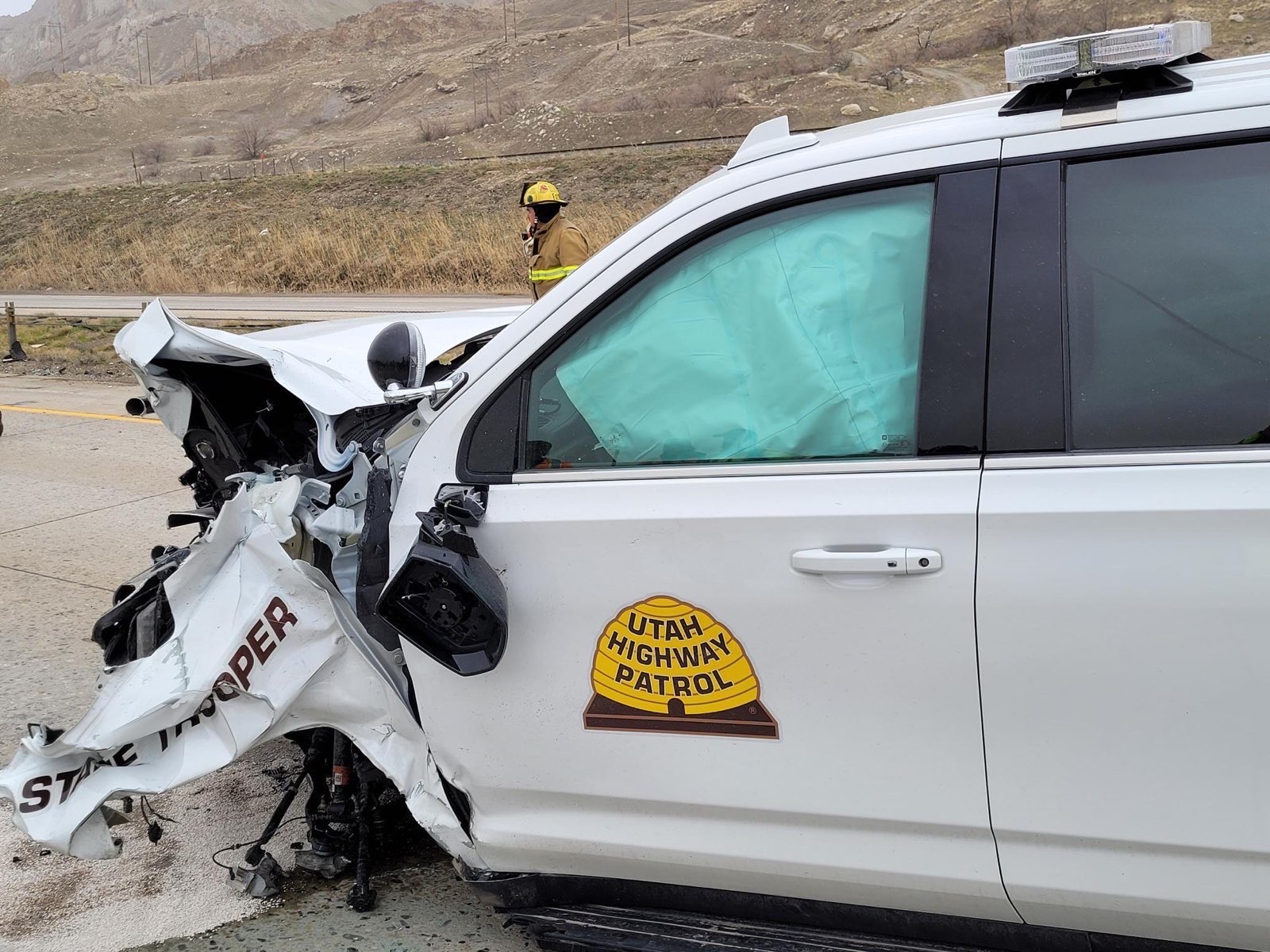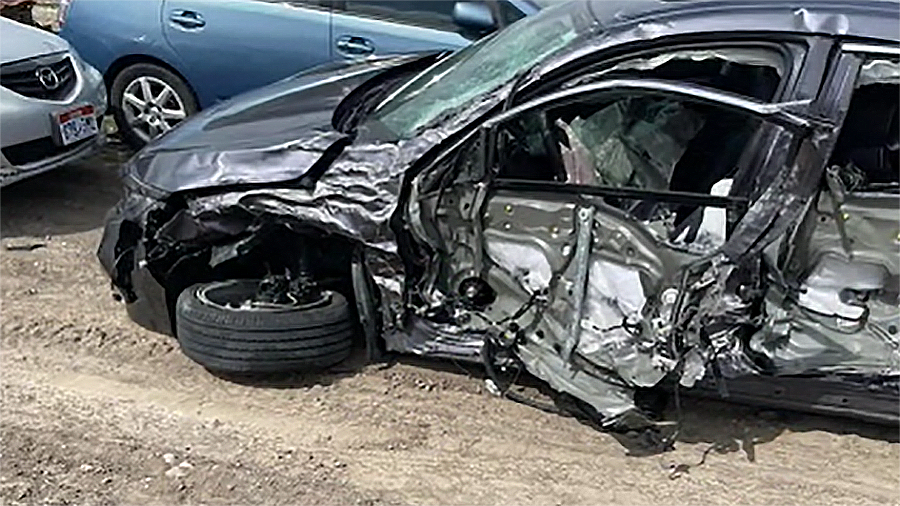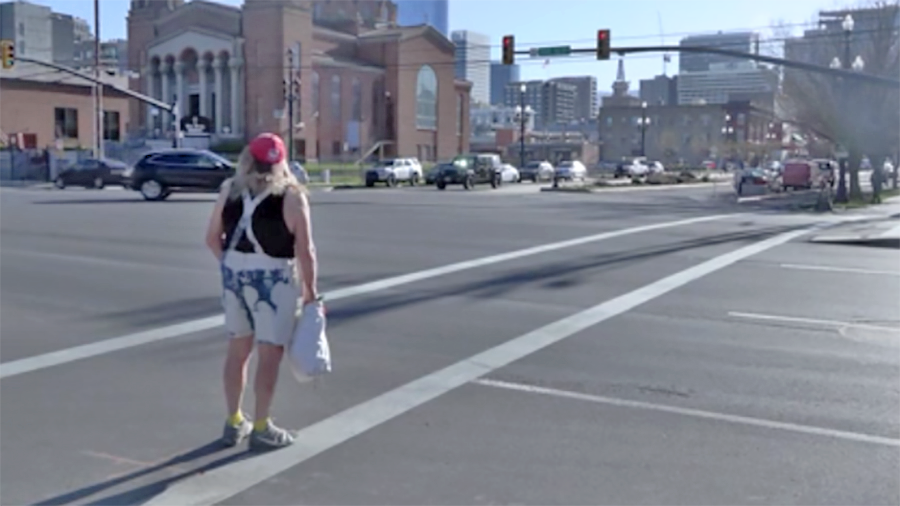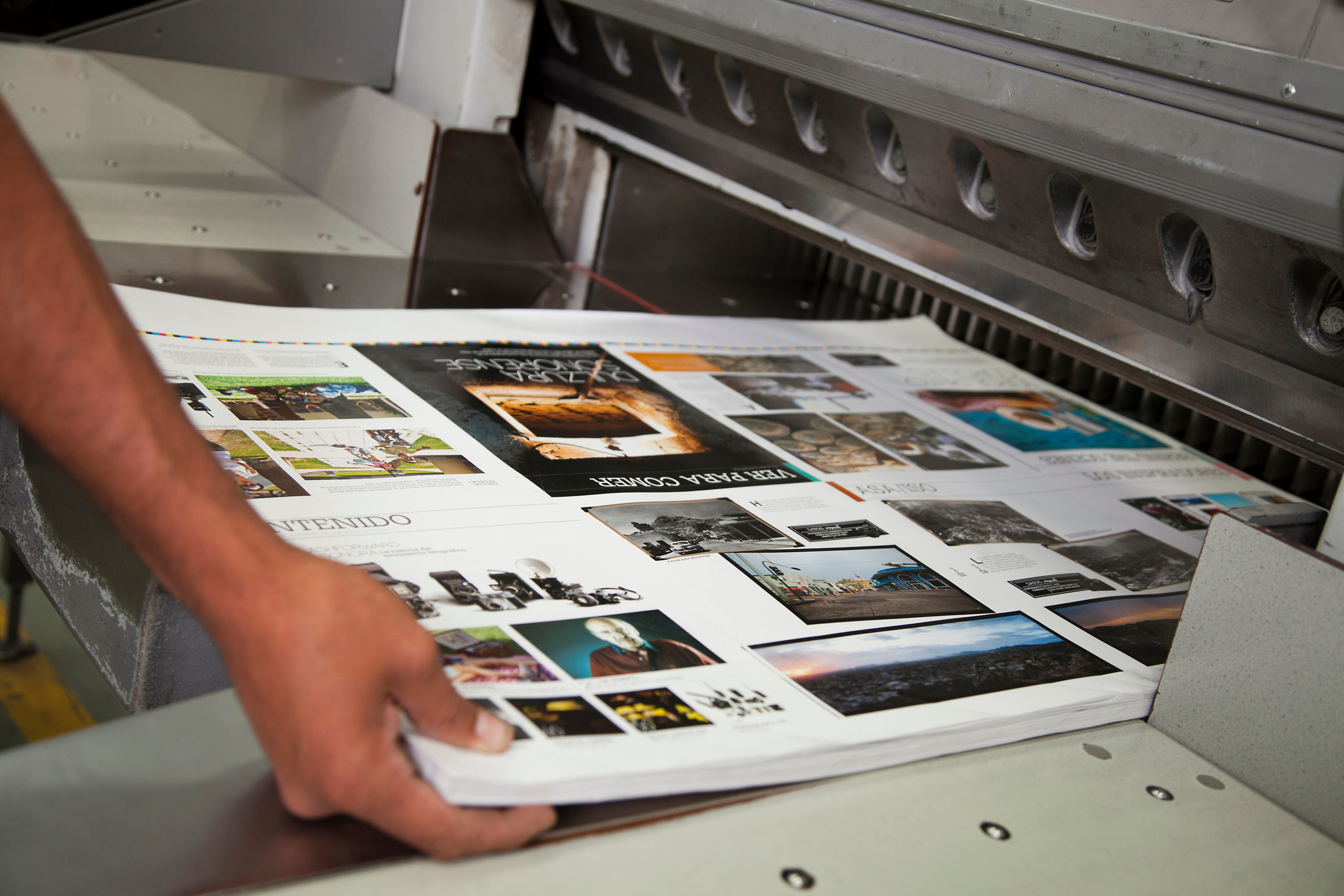ROAD TO ZERO
BYU Engineers team up with UDOT to save lives by eliminating left turns
Jun 21, 2018, 2:58 PM
PROVO, Utah – BYU traffic engineers are teaming up with UDOT to save lives with one change—eliminating left-hand turns on busy Utah roads.
According to federal data, 53 percent of crossing-path crashes involve left turns and could be three times as fatal to pedestrians.
BYU Civil and Environmental Engineering professor Grant Schultz says left turns are dangerous because they force vehicles to cross each other.
“Every place there is a conflict point we have an opportunity for crashes to occur, so the more we can eliminate conflict points the more we can eliminate crashes,” Schultz said.
Schultz and his team of grad students conducted a study on American Fork Main street.
They found adding a raised median to prevent people from turning left can significantly reduce the chance of a crash.
Schultz said a typical four-lane intersection includes 32 conflict points. But, an intersection with a raised median reduces that number to only four conflict points.
“When you get to a certain level of vehicle traffic, the conflicts are so high you need to replace two-way left-turn lanes with a raised median,” said Schultz. “Our research finds medians reduce crossing conflicts 32 to 50 percent.”
But not everyone loves the idea. “That would be a lot more driving I’d say because then you have to go all the way down to turn left,” one Utah driver, Ingrid Meneghin, said.
However, Meneghin acknowledged that if the intersection were near a school it would make sense to do anything to increase safety.
“Medians may seem inconvenient, but we are trying to help the driver, not trying to upset them and make their lives more challenging,” Schultz said.
According to their study, when a road reaches between 34,000 to 38,000 vehicles per day, such as University Parkway in Orem, it’s time for a median. Roads with traffic reaching 42,000 to 44,000 vehicles per day will require a more expensive change.
His team also recommends new traffic interchanges that don’t require cars to cross in front of each other, such as diverging diamond interchanges and continuous flow intersections.
He said these innovative changes will minimize conflict and increase safety. “The whole goal is to save lives. We have far too many people who die on our roadways each year,” he said.
UDOT will work with BYU’s research team to implement these changes.

